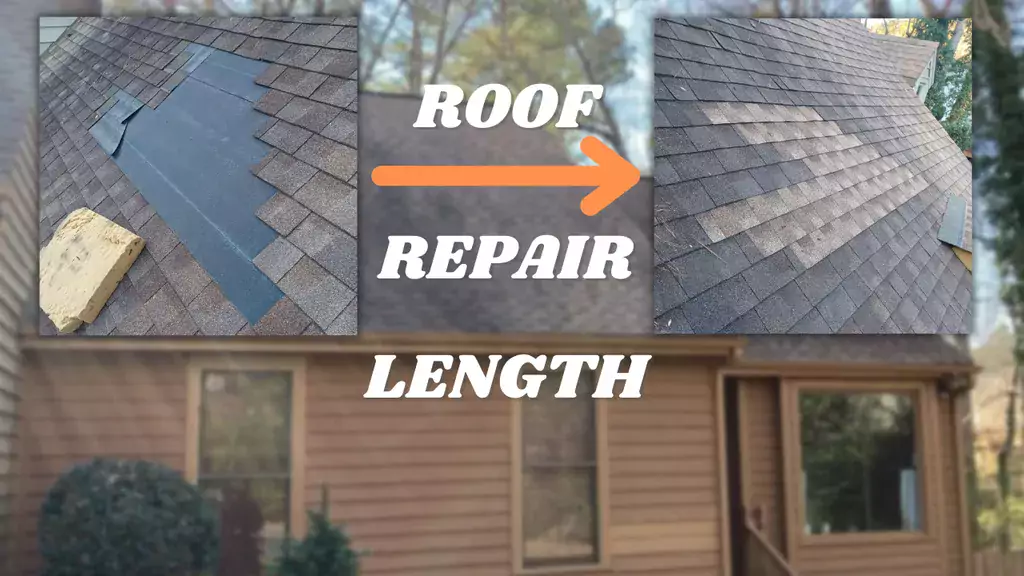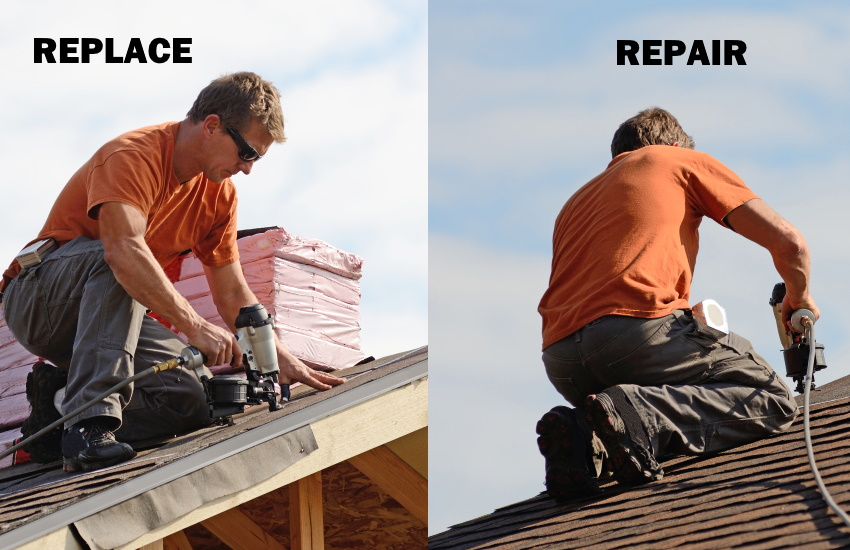A Property owner's Guide to Kind of Roofs: Picking the Right Style for Your Demands

Popular Roof Covering Styles
When it comes to selecting a roof style, homeowners frequently evaluate their alternatives thoroughly to make sure both aesthetic charm and functionality. Among one of the most preferred designs are the gable, hip, and flat roofing systems, each offering distinct benefits and visual attributes.
Gable roof coverings, defined by their triangular shape, are favored for their simple layout and reliable water drainage. This style is especially appropriate for regions with hefty rainfall or snow, as it minimizes the threat of water merging.
Hip roofing systems, which slope on all 4 sides, supply additional security and longevity, making them a superb option for areas vulnerable to high winds. Their architectural intricacy enables greater layout flexibility and can enhance the total curb allure of a home.
Flat roofs supply a contemporary visual and maximize functional outdoor room, making them popular for city settings. While they need more maintenance to avoid water build-up, their sleek look can enhance modern architecture.
Inevitably, the choice of roof covering style must reflect the house owner's individual taste while taking into consideration factors such as regional environment, building style, and potential resale value. Each design adds distinctively to a home's overall personality and efficiency.

Material Options
Selecting the appropriate roofing system product is simply as crucial as picking the appropriate style, as it substantially influences the roofing system's durability, maintenance demands, and total aesthetic. roofers oahu. Home owners have a range of options to consider, each with distinct advantages and disadvantages


Asphalt tiles are amongst one of the most prominent materials because of their affordability and convenience of installment. They commonly last 15-30 years, relying on the top quality and upkeep. Metal roofing gives exceptional durability and long life, usually exceeding half a century, while also being resistant and light-weight to fire and rot. However, steel roofs can be much more costly upfront.
Clay and concrete ceramic tiles offer a timeless look and remarkable life expectancy but need a sturdy framework due to their weight. These products are very long lasting and immune to rough weather condition problems. Wood trembles give a rustic aesthetic however necessitate routine upkeep to stop rot and bug damages.
Lastly, artificial roofing materials, such as rubber or plastic composites, simulate the appearance of traditional products while being low-maintenance and lightweight. Eventually, the option of roof covering product need to align with the property owner's budget plan, preferred life expectancy, and upkeep choices, ensuring a suitable suit for their specific requirements.
Energy Performance Factors To Consider
Power performance plays an essential role in the overall performance of a roofing system, impacting both environmental sustainability and property owner utility costs. When picking a roof, it is important to consider products and layouts that boost power effectiveness. As an example, reflective roofing products, usually described as "great roofing systems," can substantially decrease heat absorption, lowering interior temperatures and reducing the need for cooling.
Furthermore, the roofing's color and incline can affect its energy efficiency. Lighter colors generally reflect extra sunlight, while steeply pitched roof coverings assist in much better airflow, minimizing warm build-up - roofers oahu. Insulation likewise plays an important duty; a well-insulated roofing can avoid warmth loss in wintertime and keep insides cooler in summer, therefore boosting energy financial savings
Additionally, integrating energy-efficient roof options with photovoltaic panels can further lower energy expenses and dependence on nonrenewable resources. Home owners should also think about neighborhood environment conditions when picking roof covering materials and styles, as these variables directly impact power consumption.
Upkeep Needs
The durability and performance of a roof are considerably influenced by the maintenance requirements associated with its style and materials. Different roof covering types necessitate differing levels of maintenance, which can influence both the useful reference house owner's time and spending plan.
Asphalt shingles, for circumstances, typically need yearly examinations to look for deterioration, consisting of fractured or missing shingles. Routine cleansing of seamless gutters is vital to avoid water damage and extend the roofing's life-span. Steel roofs, while resilient, still need regular checks for rust and sealant stability. These roofings also gain from cleansing to keep visual allure and capability.
Ceramic tile roofs, recognized for their longevity, need much less regular maintenance however require careful inspection and substitute of harmed ceramic tiles. Flat roofs, although using contemporary find out here now visual appeals, frequently need even more interest; they require regular examination for pooling water and debris elimination to prevent leaks.
Inevitably, comprehending the maintenance needs connected with different roofing designs enables homeowners to make enlightened decisions, ensuring the selected roofing system straightens with their way of life and dedication to upkeep. Prioritizing upkeep will boost the roofing system's performance and prolong its service life, giving satisfaction for years ahead.
Influence On Resale Worth
When considering a new roof style, home owners must recognize that the option can significantly influence the home's resale worth. A well-chosen roof covering not only boosts curb allure however additionally indicates to possible buyers that the home is well-maintained and structurally audio. Different roofing products and styles bring differing degrees of desirability in the real estate market.
For example, asphalt roof shingles are popular because of their cost and large range of shades, typically interesting budget-conscious buyers. On the other hand, a steel roof, while much more costly ahead of time, supplies longevity and energy efficiency, which can draw in purchasers seeking reduced upkeep and sustainability. Additionally, one-of-a-kind styles such as slate or tile can add a touch of high-end, potentially boosting the property's value in upscale markets.
Regional preferences also play an important function; homes in areas with heavy snowfall may take advantage of steeply pitched roofs, while coastal regions might favor durable materials immune to deep sea deterioration (roofers oahu). Inevitably, home owners need to take into consideration both visual charm roofing companies oahu and functional benefits when selecting a roofing system. A thoughtful choice makes certain that the financial investment not only meets personal needs however also enhances the property's marketability and resale capacity
Conclusion
Finally, picking the proper roofing design demands a cautious examination of various factors, consisting of regional climate, building style, and upkeep needs. Each roofing alternative, whether it be gable, hip, or flat, possesses distinctive advantages and disadvantages that affect energy performance and prospective resale worth. Eventually, a well-informed choice concerning roof choice can enhance the visual appeal, capability, and longevity of a home, guaranteeing it remains a beneficial possession for several years to find.
Picking the suitable roof covering style for your home is a critical decision that can significantly influence both aesthetic appeals and functionality. While gable roofings succeed in water drainage, hip roofings might provide higher durability versus wind.When considering a new roof covering style, house owners should recognize that the option can dramatically influence the building's resale value. Ultimately, homeowners should take into consideration both aesthetic allure and practical benefits when selecting a roofing.In verdict, choosing the proper roof covering style necessitates a cautious analysis of numerous factors, including local climate, architectural style, and maintenance demands.